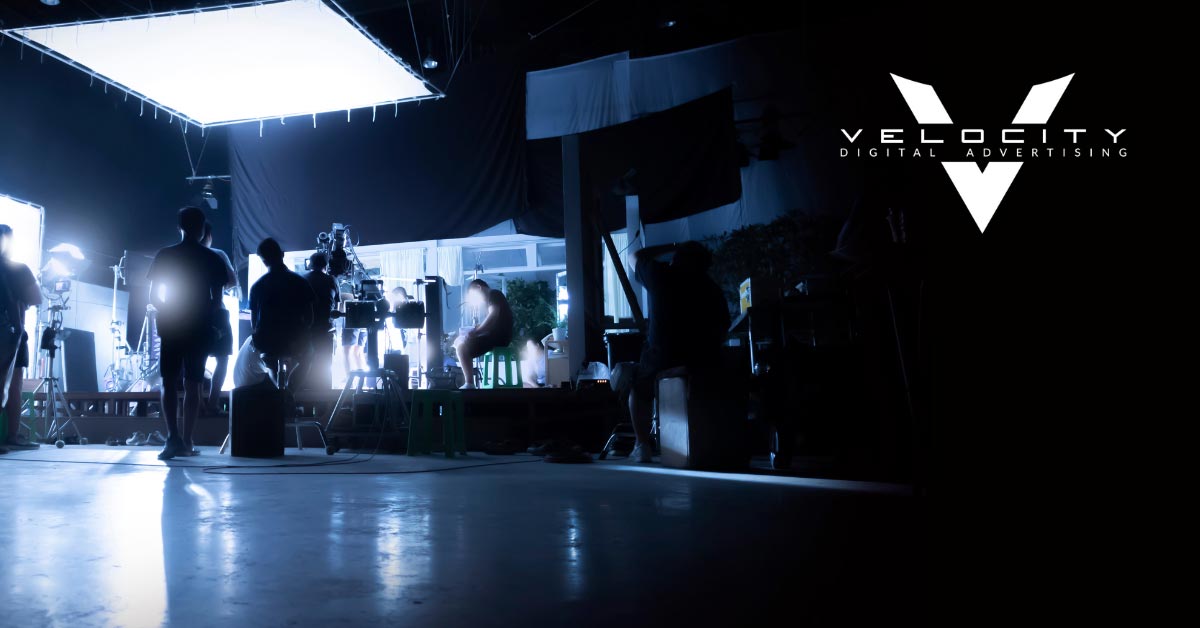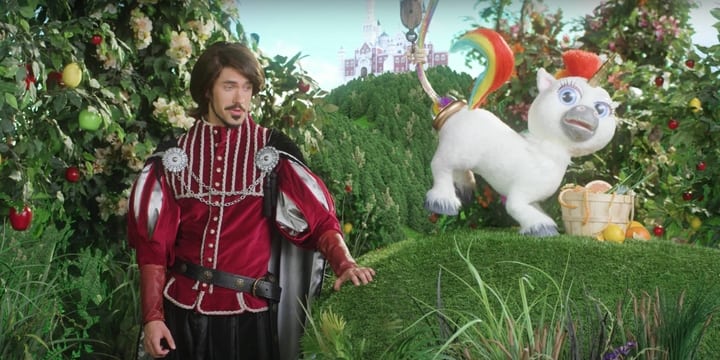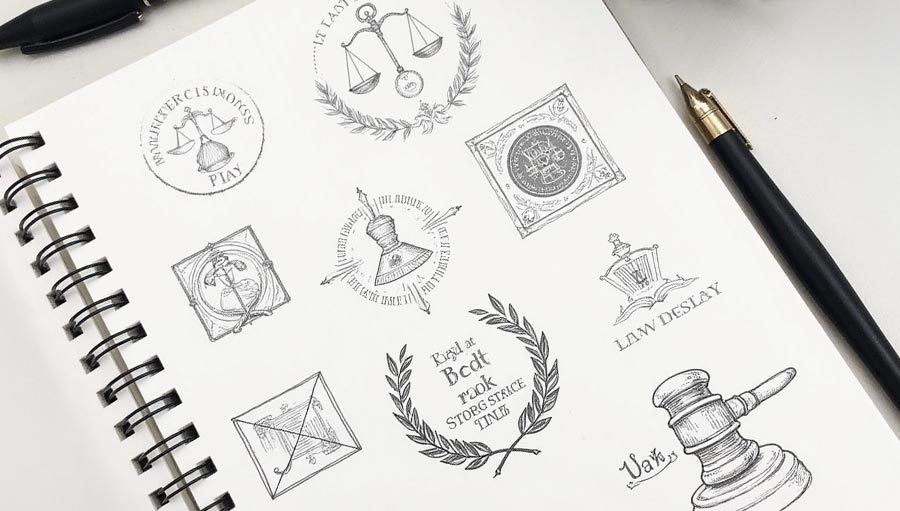CALL: 985-200-4333
Learning About Storytelling from Found Footage Films

The Blair Witch Project is still one of the most beloved horror movies of all time. On a budget of $60,000 and a grossing of $248.6 million, other filmmakers took note of the film and followed suit. The Blair Witch Project is an excellent example of found footage: a subgenre in film that is presented as if they were discovered video recordings.
Handheld cameras and improv only heighten the inherent danger, insinuating that what’s happening onscreen is happening moment by moment in environments that could turn on the actors at any time. Some found footage films have been major flops in the past, so there are several rules to producing a fantastic found footage film.
Be Relatable
A good found footage film should be set in a relatable environment or a space that is recognizable to keep the belief of the audience alive.
Establish a Reason to Film
There has to be a reason why the characters are filming to make a found footage film work. The Blair Witch project’s premise center around a group of filmmakers that had the idea of making a documentary in the woods. Cloverfield was released in 2008 with a completely different premise: monsters. Instead of being a traditional Godzilla-like movie, the characters are at a party celebrating while one character is making a movie as a memento for his friend when disaster strikes.
Cut to the Chase
Don’t bore your audience. Eerily build suspense instead! Avoid strained banters and keep the movie reasonably short in comparison to traditional films.
Embrace the Limitations of the Style
When you’re telling a story with found footage, you are telling the story with much less exposition than a typical narrative. You do not need to explain everything or have narration; it’s about the images being captured on film.
Here at Velocity Agency, we know that making something authentic and real is essential for the success of our marketing campaigns. The powerful storytelling marketing behind the success of found footage films is the same strategy that we use to take our clients to new heights.













